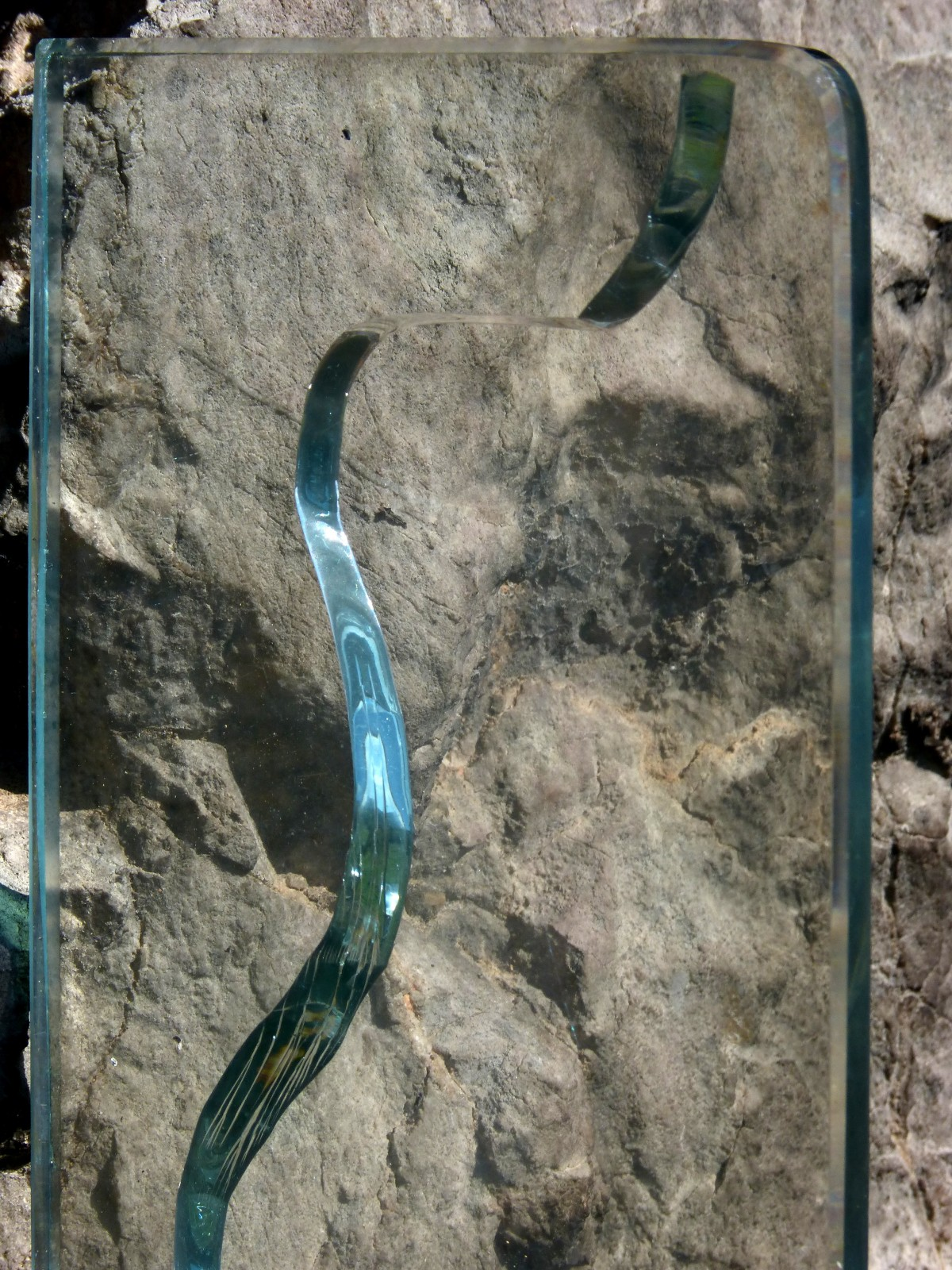A bong is a filtration device that is used for smoking herbs or tobacco. It consists of a bowl and a stem that guides the smoke through water, creating bubbles and cooling the smoke before it is inhaled. Bongs are popular among smokers who enjoy the smooth and flavorful experience they provide. But who invented the bong and how did it become so widespread?
The Origins of the Bong
The exact origins of the bong are unclear, as different cultures have used similar devices for centuries. However, some of the earliest evidence of bongs comes from Africa and Asia, where ancient people made pipes out of bamboo, wood, metal, or clay.
One of the oldest bongs ever found was made of solid gold and belonged to Scythian tribal chiefs who lived in what is now Russia around 2400 years ago. These chiefs used bongs to smoke cannabis and opium, as well as other herbs.
Another ancient culture that used bongs was the Thai people, who called them “buang” or “baung”. These were cylindrical bamboo pipes that were used to smoke cannabis or tobacco in the 16th century. The word “bong” is derived from this Thai term.
The Spread of the Bong
The bong was not only used by ancient people, but also by modern ones. The bong spread to different parts of the world through trade and migration, especially along the Silk Road. The bong reached China, where it was adopted by royalty and commoners alike. The Qing Dynasty (1644-1912) was known for its use of bongs for smoking tobacco, and some emperors and empresses even had their own collection of bongs. Empress Dowager Cixi, for example, was buried with three of her favorite bongs when she died in 1908.
The bong also reached India, where it was invented by a physician named Hakim Abul Fath in the 16th century. He discovered tobacco and suggested that it should be smoked through a water pipe to make it less harmful. He called his invention a “hookah”, which is another name for a water pipe.
The Modernization of the Bong
The bong continued to evolve and adapt to different materials and designs over time. In the 20th century, the bong became popular in the Western world, especially during the hippie era of the 1960s and 1970s. One of the pioneers of modern bongs was Bob Snodgrass, an American glassblower who invented the fuming technique that gives glass pipes their psychedelic colors. He also created unique shapes and styles of bongs that appealed to many smokers.
However, the popularity of bongs also attracted legal troubles, as they were considered drug paraphernalia in many countries. In 2003, a U.S. law banned the sale and transport of bongs across state lines, forcing many shops to close down or switch to selling tobacco products only.
The Future of the Bong
Despite the legal challenges, the bong remains a popular device for smoking herbs or tobacco today. There are many types and varieties of bongs available for every taste and budget, from glass to silicone to metal to wood. Some bong makers even look back to ancient history for inspiration, while others experiment with new technologies and features.
The bong is a device that has a long and rich history, spanning across continents and cultures. It is a device that has been used for pleasure, medicine, ritual, and art. It is a device that has been invented and reinvented by many people over time. It is a device that is still enjoyed by millions of smokers around the world.
: https://www.the-sun.com/news/4381435/holy-grail-fusion-experiments-breakthrough-race-unlimited-energy/
: https://en.wikipedia.org/wiki/Bong
: https://smokea.com/blogs/blog/history-of-the-bong
: https://www.lihpao.com/who-invented-bongs/
: https://thefreezepipe.com/blogs/buyers-guides/history-of-the-bong-who-invented-the-bong





